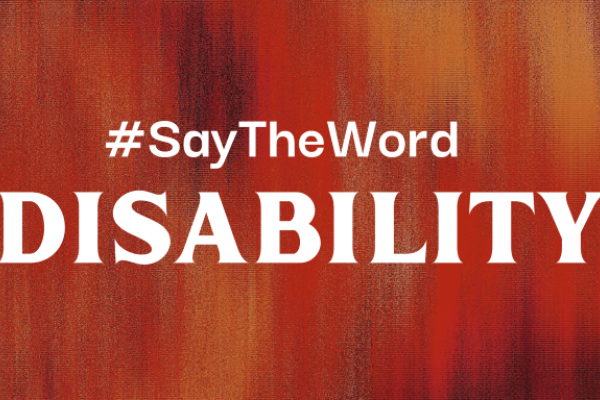October 2022 Edition of Inside Equal Access
 A NOTE FROM THE EDITORS
A NOTE FROM THE EDITORS
This month, we focus on INVISIBLE disabilities and NEURODIVERGENCE (ADHD, Autism, Dyspraxia, Dyslexia, and other diagnoses). We'll introduce you to people who are sharing their stories, like Chloe Hayden (the autistic actress who authentically portrays neurodivergent people) and our own Dr. Amy Grincewicz (a Kent State Instructional Design Director). 
And don't miss out on Student Accessibility Services' full calendar of events to celebrate Disability Awareness Month and Invisible Disabilities Week! Here's the full list of events.
To learn more: For a look at what it's like to be a young adult with CHRONIC ILLNESS or disability, check out Teen Vogue's article about Youth and Sickness and What Young Chronically Ill or Disabled People Want You to Know.
If you're wondering what it's like to get an ADULT diagnosis of AUTISM or how you can be more supportive of people with autism, read Carrie Watts' discovery that she ISN'T BROKEN, she's autistic.






